Hi, You said hi to me. I drive a car powered by gasoline and the maximum mileage shown on the full fuel gauge is 400 kilometers. I drive 60 kilometers back and forth every day, most of which are on the highway during the working hours. I also have a demand for city travel of 10-20 kilometers on weekends. Does it sound very similar to your description?
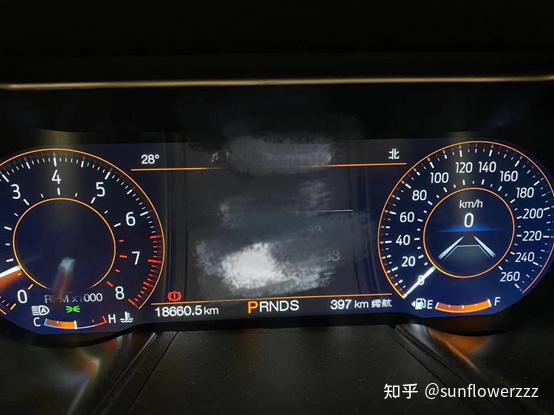
Currently, I refuel basically once a week, spending around 400 RMB each time. The average energy consumption cost per kilometer is about 1.2 RMB. If it is an electric vehicle, the first thing that comes to mind is that the energy consumption cost is relatively negligible, which feels very valuable.
Huge advantage of lower operating costs
When it comes to the cost of using electric vehicles, compared to the increasingly rising oil prices in recent years, whether calculated based on the electricity cost of home charging stations or the charging cost of fast chargers outside, the cost advantage is obvious.
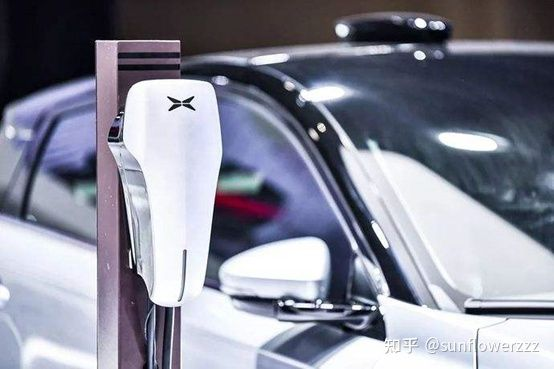
Taking the policy in Shanghai as an example, the electricity cost of home charging stations is calculated separately and charged only based on the first tier (for residential purposes), with a peak time rate of 0.617 yuan per kilowatt-hour and a valley time rate of 0.307 yuan per kilowatt-hour. Even if the energy consumption is as high as 20 kilowatt-hours per 100 kilometers, the cost per 100 kilometers is 12.34 yuan at peak time and 6.14 yuan at off-peak time. In most situations, charging is done during off-peak hours at night, making it clear that the energy consumption cost of 6 yuan per 100 kilometers and 1 yuan per kilometer is significantly lower.
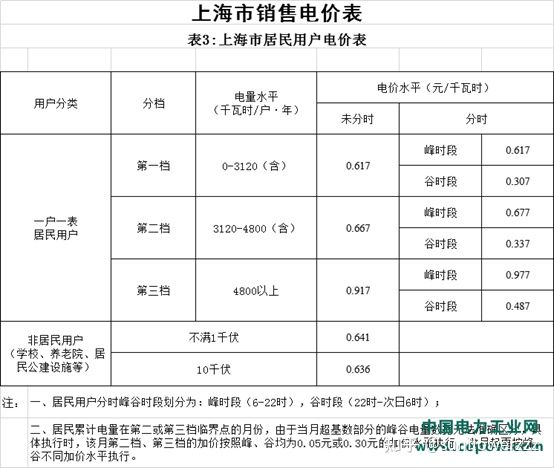
Taking the extreme working condition of 20 kWh per 100 kilometers per 100 kilometers, it can be inferred from the above that the demand of the post owner–80 kilometers per day, five days a week, mostly highway driving, is almost achievable with only high-end vehicle models equipped with a 100 kWh battery. However, with the home charging option available, this scenario is not so harsh anymore. With at least 20 kilowatt-hours charged each night made possible by the smallest 3.5 kW charging station (220V16A), the post owner will not have to worry about the mileage problem during weekdays.
The greater advantages of assisted driving promoted by new forces
The cost advantage is just one aspect; the convenience of daily transportation and driving will be the other even more attractive aspect. With the newest sensors and the most advanced artificial intelligence, new players in the market are vigorously promoting assisted driving. This will become the best helper for the post owner who spends almost 80 kilometers every day driving on the highway.
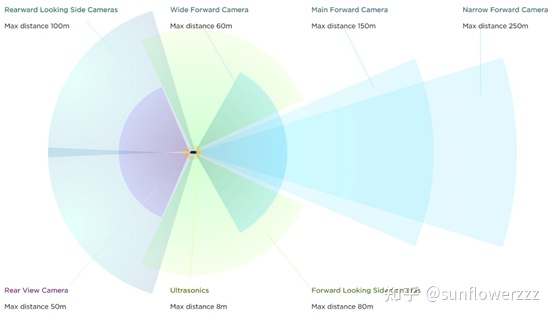
Advanced driving assistance and ultimate autonomous driving may seem like unique selling points for new entrants in the automotive industry, but the charm of the technology becomes apparent after actual use. In everyday life, it frees up time and energy during transportation, making each journey comfortable and enjoyable. It’s true that it cannot replace human driving, but it can certainly make a difference.
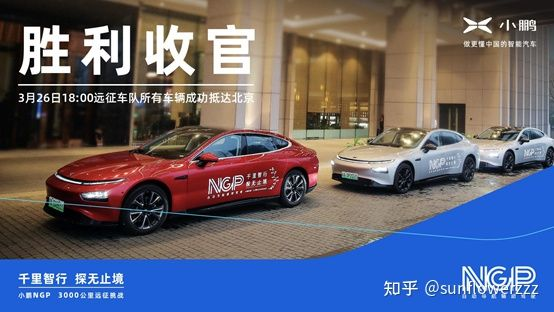
Active safety features warn and assist drivers in advance to deal with potential dangers they may have overlooked. Meanwhile, several manufacturers have begun offering their own highway navigation systems, such as Tesla’s EAP, NIO’s NOP, and XPeng’s XPILOT 3.0. The latter was put to the test during XPeng’s P7 3,000-kilometer expedition challenge, where it demonstrated automatic lane selection, lane change, emergency lane change and automatic speed limit adjustments based on navigation and road conditions. These features show that the system is close to achieving L3 level autonomous driving assistance.
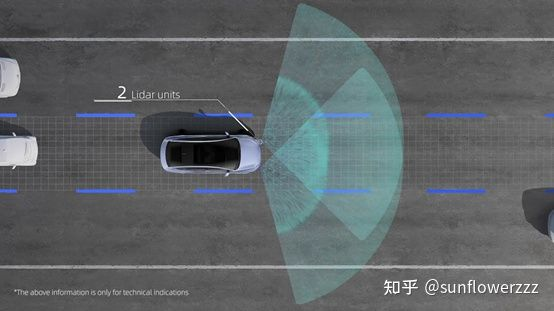
After introducing highway and urban ring road navigation functionality, the new car manufacturers’ arms race naturally shifted to city roads. With the integration of lidar sensing data, several domestic new entrants have announced plans to launch their own urban road navigation functions, including XPeng’s XPILOT 3.5 autonomous driving assistance system on the new P5. With the help of 32 sensing hardware and a sub-meter high-precision positioning unit, the XPILOT 3.5 system is aimed at achieving functions such as passing through traffic lights at intersections, city road overtaking, customized city road following, automatic speed limit adjustments in city roads, roundabout passage, and more.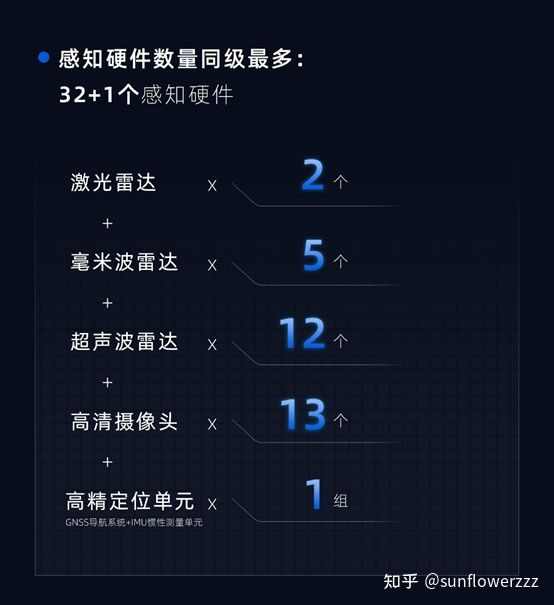
The newly added LiDAR enhances the system perception for complex scenarios such as low light, backlight, and brightness changes in tunnels at night. This system has higher safety redundancy than the previous visual fusion millimeter-wave radar XPILOT 3.0 system and can achieve autonomous driving assistance functions in more complex working conditions.
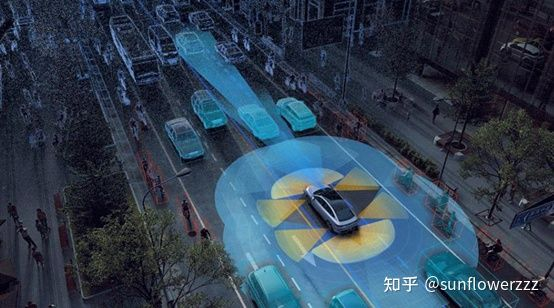
New automakers have spawned the latest perception hardware and cutting-edge artificial intelligence in the intelligent driving arms race. The new intelligent driving experience created by these hardware and software will truly allow drivers to feel the convenience of assistant driving. Compared with the rational advantages of cost-effectiveness, is the emotional advantage here more leading?
Attempt to change the functional attributes of car space
For new automakers, as the intelligent driving arms race gradually converges and the functional scenarios covered become more and more similar, the differentiation of products will become smaller and smaller. The new forces that actively seek change will not stop at this converging competition but try to open up new battlefields. The change in functional attributes of the car space is one of them.
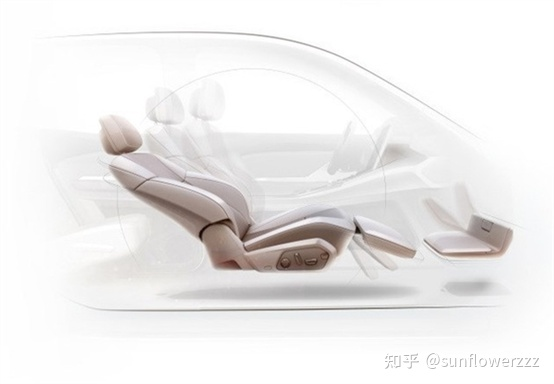
The most famous example before this is NIO’s “Queen Co-pilot” launched on ES8, which assigns the internal relationship between a typical family of two people in the target user’s typical usage scenario to the difference in functionality configuration between the main and co-pilot seats. Combining the limitations of actual driving functions, a new co-pilot seat form with a long slide track, large elevation angle, electrically adjustable leg rest and footrest is created.
For the requirements described by the questioner, since there is a need to send children to classes, there are other requirements for weekend trips, attending various classes, and long-distance travel. The car can actually be more than just a moving vehicle in these scenarios, but can become a good helper to solve these scenarios.
Just like the queen co-pilot in NIO, the 23-hour third space concept proposed by XPeng P5 is a solution with great imagination space, breaking the functional definition of the front and rear seats in the cabin and turning the car cabin into a complete mobile space. With the additional accessories such as refrigerators and privacy curtains, etc., the car space is transformed into a mobile rest space. With the calling of the intelligent system sensing function, it ensures that the property change of the car space is not just a simple addition of physical hardware, but a brand-new upgrade of intelligent experience. Taking the “X-Sleep sleep scene” as an example, in addition to the one-key flat front seat and customized inflatable mattress, XPeng P5 also uses functions such as power detection and oxygen content detection to ensure a safe and comfortable nap in the car.
Conclusion
When the car is not only a means of transportation, but also a space that can change its properties to meet more life scenarios beyond the daily commuting needs, is it worth a try?
This article is a translation by ChatGPT of a Chinese report from 42HOW. If you have any questions about it, please email bd@42how.com.